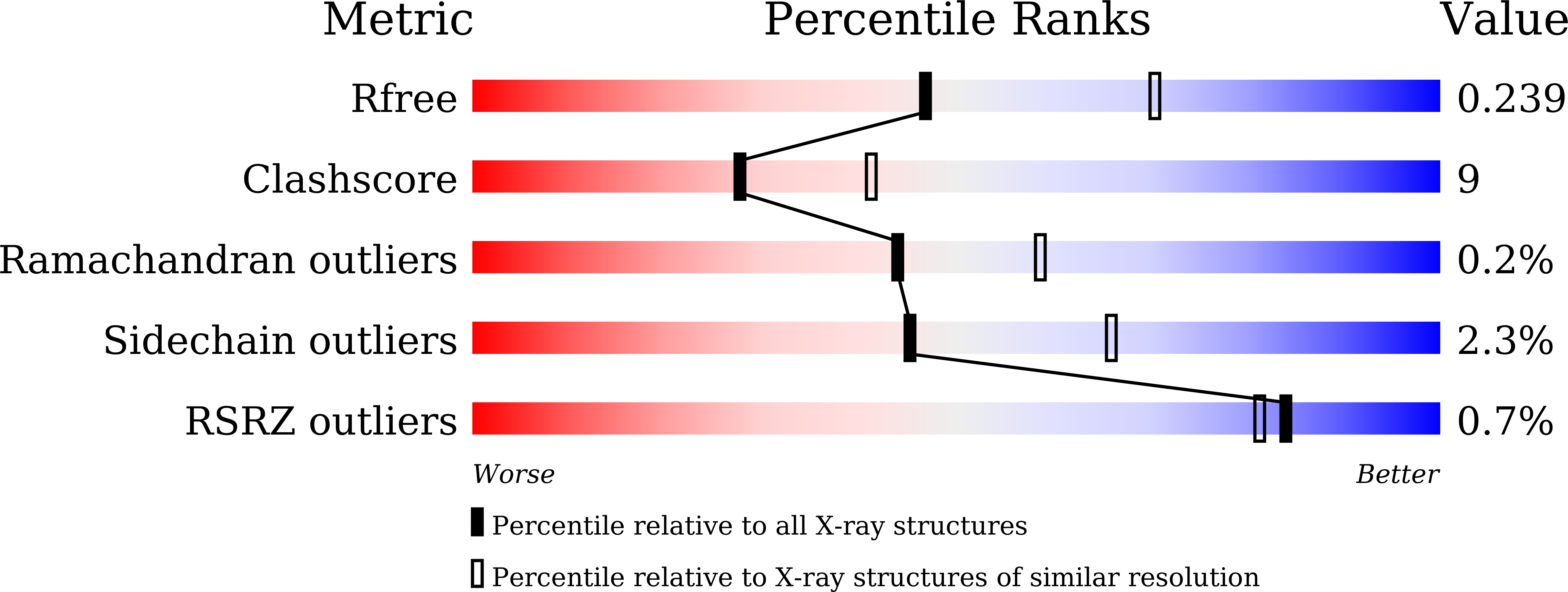
Deposition Date
2024-11-22
Release Date
2025-04-16
Last Version Date
2025-10-01
Entry Detail
PDB ID:
9KPI
Keywords:
Title:
Aromatic acetyl piperidine derivatives as soluble epoxide hydrolase inhibitor
Biological Source:
Source Organism:
Homo sapiens (Taxon ID: 9606)
Host Organism:
Method Details:
Experimental Method:
Resolution:
2.40 Å
R-Value Free:
0.23
R-Value Work:
0.18
R-Value Observed:
0.18
Space Group:
P 65 2 2


